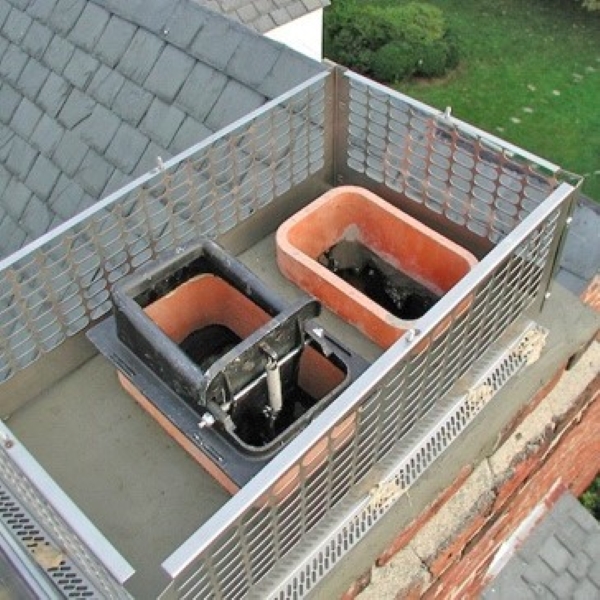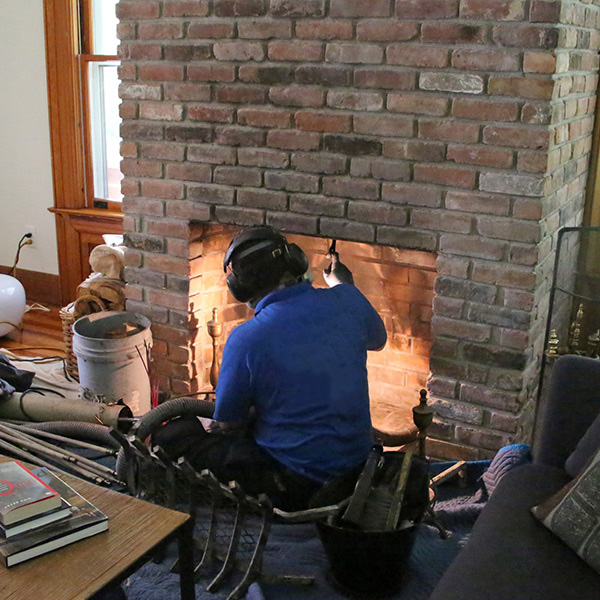The Critical Jobs of Chimney Dampers
Chimney (or fireplace) dampers are important components in the safe and efficient operation of a fireplace. Here’s what you need to know about these devices.
 What chimney dampers do
What chimney dampers do
Dampers function like doors to control the flow of air between the fireplace and the world outside. They are most often located just above the firebox in a masonry fireplace, however, you can also find top-mount chimney dampers at the top of your chimney.
When fully open during a fireplace fire, dampers provide the proper airflow to let smoke and combustion gases move up into the chimney flue. Airflow also is important in getting fires started and keeping them burning aggressively.
A closed or partially closed damper during a fire will send smoke and dangerous carbon monoxide into your home. You’ll know immediately if the damper is fully shut; you may not know it right away if it’s only partially shut.
With the damper closed tightly, you prevent the exchange of air between your home and the outside world. That means warm or cool interior air won’t be affected by cool or warm outside air.
An open damper when temperatures outside are particularly hot or cold can end up causing the heating/cooling system to work overtime and cost a lot more money.
How dampers become damaged
As with all components with moving parts, fireplace dampers will finally start to fail with age. A more immediate threat to dampers is water and moisture.
Chimney leaks, which aren’t all that uncommon, allow water from rain or snow to move into the chimney system. Depending on the location and severity of the leak, this water can spill down onto the metal damper assembly and start rusting it.
Over time, rust can make it impossible for the damper to close and open properly, which will lead to problems like we talked about above.
 What to do if your damper doesn’t work correctly
What to do if your damper doesn’t work correctly
If you know or suspect that your damper isn’t able to properly open and close, the first step is to have the component inspected by a licensed chimney technician. If the damper is caked with rust, the technician will continue the inspection to locate the source of the moisture causing the rust and determine a solution.
Water can enter a chimney system in the following ways including:
- a missing or damaged chimney cap
- through major deterioration in the concrete chimney crown, which sits atop the chimney
- seeping through cracks and decay of the mortar within the chimney masonry
Your technician will report to you on how and why your chimney is leaking and recommend the right repair work to solve that problem. As to the damaged damper, it may be possible to fix it, but most of the time, the installation of a new damper is the way to go.
An added benefit is that this inspection may turn up other issues within your chimney system that could become dangerous and expensive if allowed to run their course.
Above & Beyond Chimney Service of Dedham, MA, works year-round to help our customers solve their chimney problems and keep their systems running safely and optimally. We can inspect a faulty damper, find chimney leaks, install a new damper and repair the issue that’s causing the leak.
We serve the entire South Shore region with chimney repairs, chimney cleaning and chimney inspections. Talk with an expert about your chimney today by calling (781) 383-0415.
